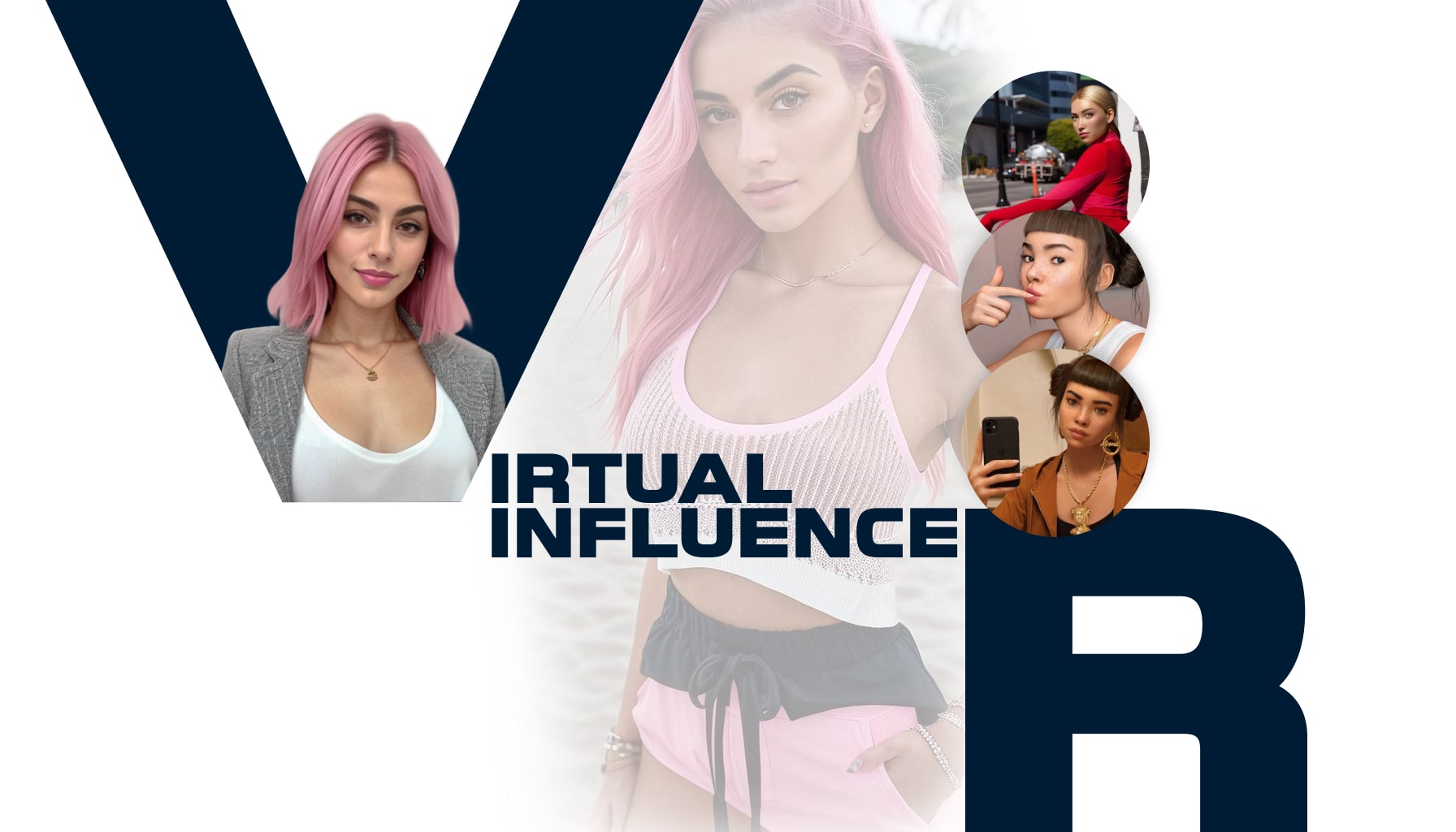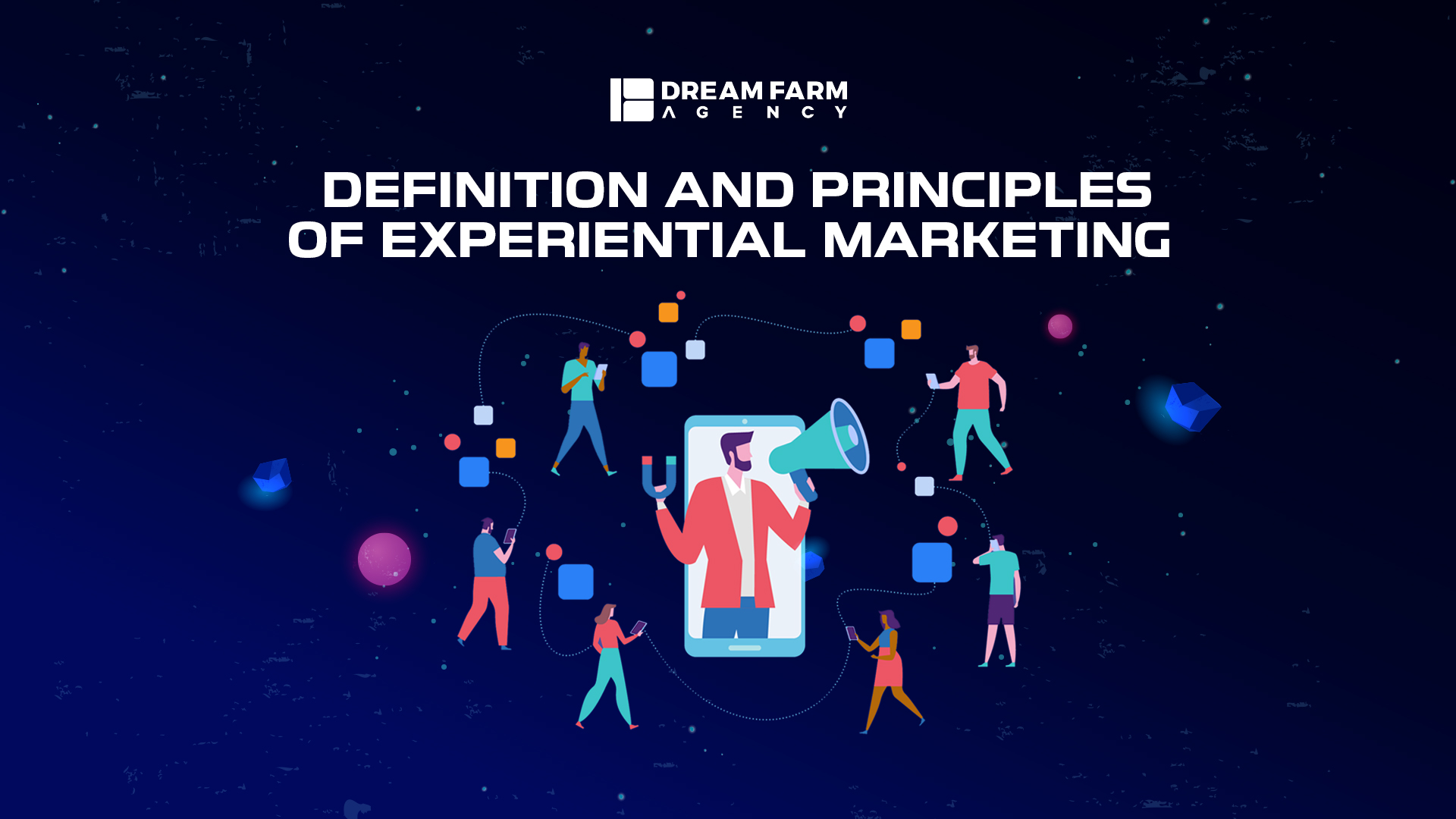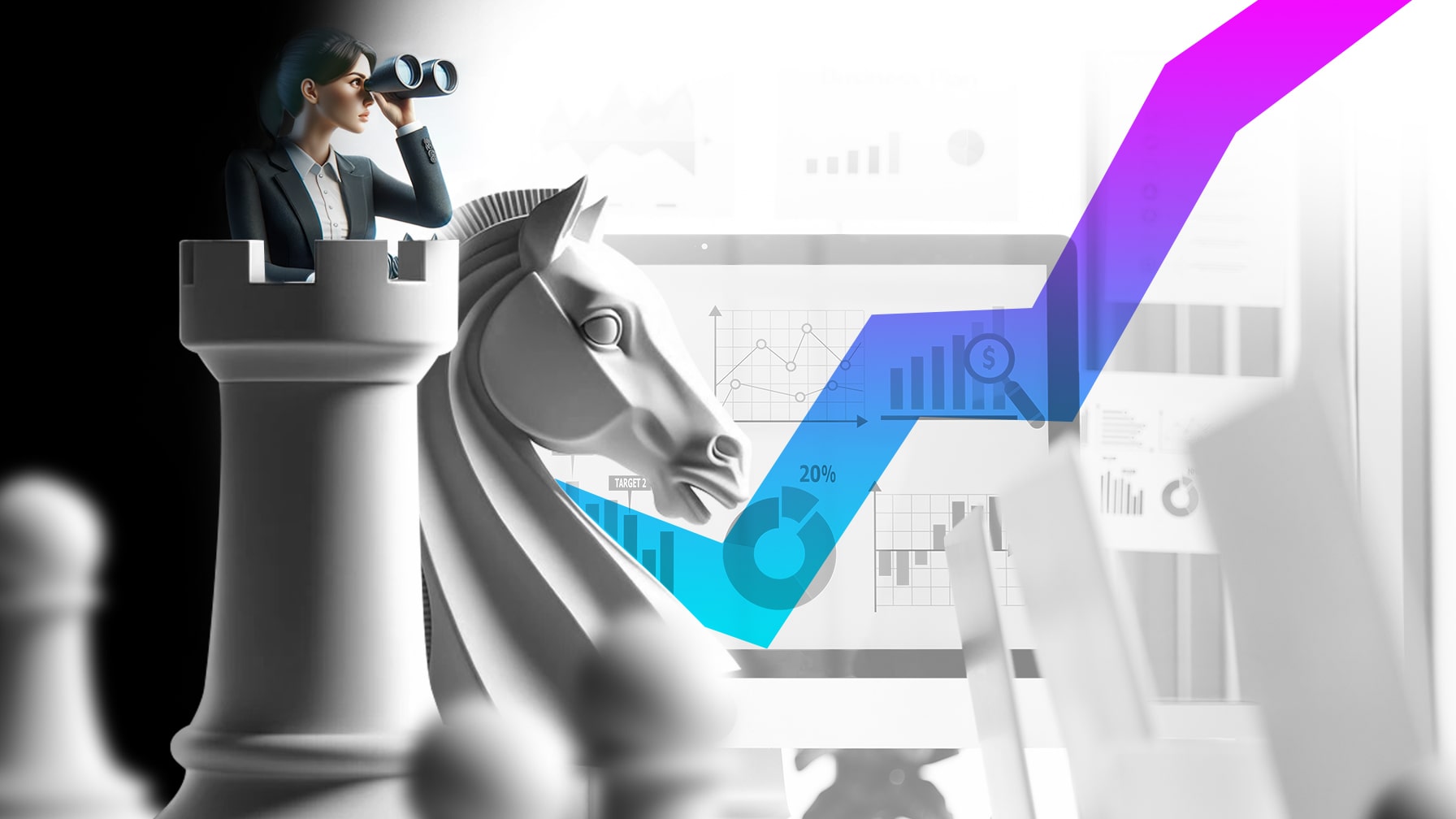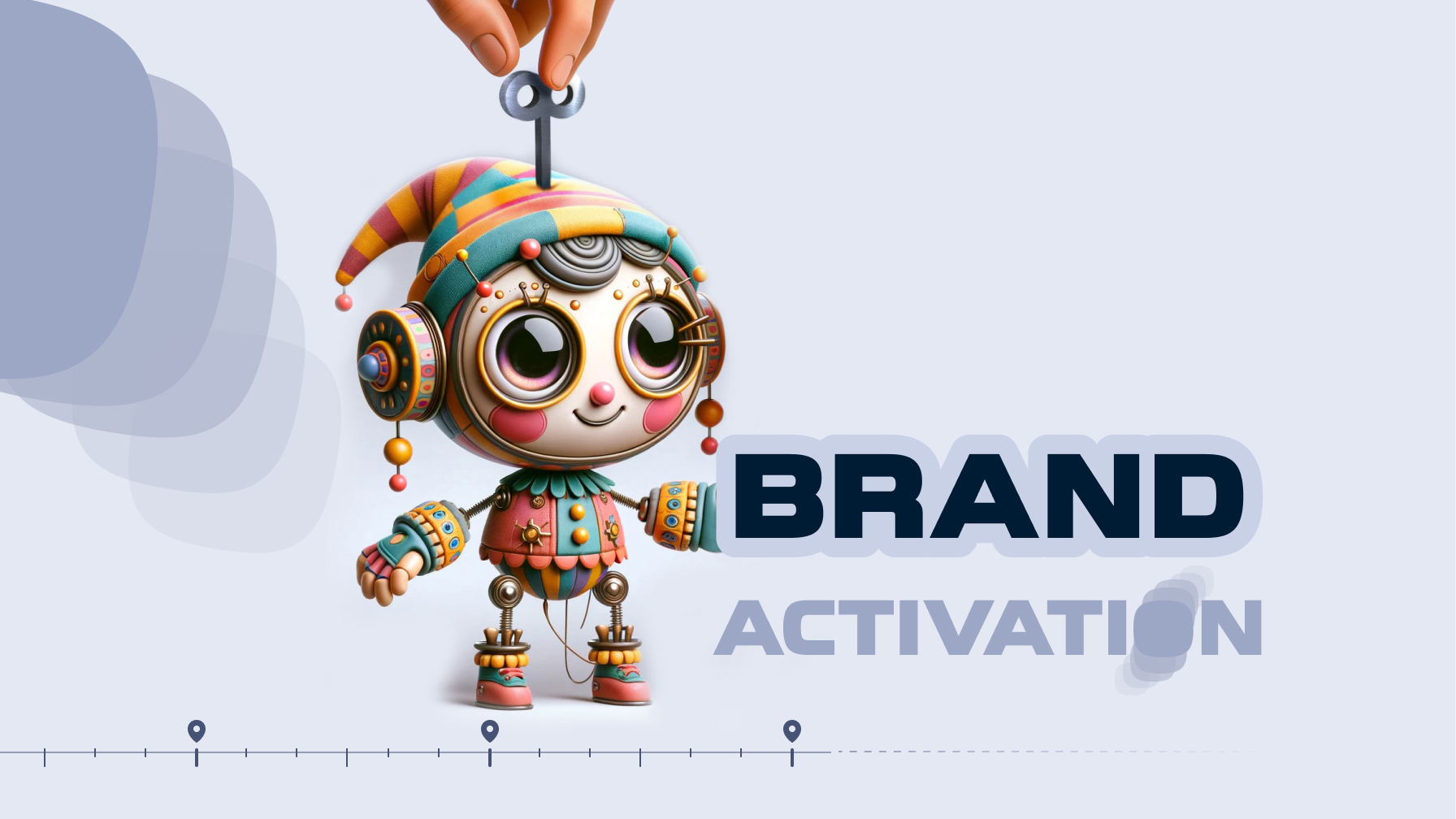
There’s one major goal in any business: Getting people to do what you want. It can be anything from making a purchase to writing a review, sharing a post, referrals, and many other things.
That’s a fundamental purpose of TV ads, branding, social media campaigns, and many other marketing strategies that want to encourage you to buy or make you feel emotionally invested in a brand, turning you into a loyal customer.
Now, there’s another powerful tool out there, and it’s called Gamification.
What Is Gamification?
The basic gamification definition is this: making something into a game. In other words, you add game elements into something ordinary and usually mundane to make it more fun. Imagine you’re a math teacher and want everyone in class to actively work on solving a problem.
Now, instead of just writing the problem on the board and letting them work out the answer, you can divide them into several teams, set some ground rules, and offer a big prize at the end. The sense of challenge, competition, and achievement takes student engagement to a level you’ve never seen.
But, how does it work in business?
Gamification in Business and Marketing
The whole idea behind Gamification in business is this: There are certain things you want the customers to do; You want them to share their information, interact more with your product, and loyally promote your brand.
But, none of these sound fun or rewarding for the customer, so you add game elements to the whole thing or gamify it. You offer rewards, set the rules, create challenges, and let them collect points to get the big prize. It can even be something as simple as offering rewards for user-generated content or reviews.
When customers see the reward and there’s a clear path to get there, they’ll be far more tempted to engage with your products, which ultimately boosts their loyalty and satisfaction. A great example is Domino’s “Pizza Hero” game which allowed customers to come up with their very own pizzas, boosting sales considerably.
Why Gamification Works
As human beings, we love games because we are hardwired to compete and solve challenges to earn a reward and get a boost in our confidence. It is in our nature. By tapping into this instinct, gamification helps businesses through:
Making Things Fun
Have you ever thought about why some websites or apps feel like games? That’s gamification at play. If you have a favorite coffee shop, you may have seen their loyalty cards. You get stamps with every cup of coffee you buy, and when you collect enough, you receive a free one. It turns something mundane and routine like the morning coffee into an activity that you look forward to every day.
Building Loyalty & Satisfaction
Companies thrive on repeat customers, and gamification is a great way to achieve that. Imagine a phone app that gives you stars every time you order something. This is what Starbucks does, and those stars mean complimentary drinks. It’s like a game where you win more treats the more you play (buy coffee). This makes you want to play again and again.
Creating Market Differentiation
By adding unique game features to your products, you make a brand experience that is special and stands out. Some travel apps are different from others because they turn making travel plans into a virtual travel game.
Bringing Customers to Market for You
You may have seen ads where a brand asks you to share a picture or make something in order to win a prize. That’s how gamification works in business. Doritos did it with their “Crash the Super Bowl” campaign, which let people make their own ads and set a reward for the best ones. It makes marketing more fun and engaging by turning it into a game that everyone can play.
Simplifying Data Collection
Companies want to know what you like, and gamification helps them do that. Think about an exercise app that gives you prizes for keeping track of your workouts. Like a game, it lets the app know what kinds of workouts you like, which they can then use to make your experience more unique. Besides being easier than surveys, they’re far more reliable because you can identify people’s actual preferences and opinions, not what they write on an answer sheet.
You can do that too, with different tools like gamification software.
Gamification Software
There are many options and tools to set up a gamification campaign, and each brings its own flavor. It really comes down to your target audience and how you want to convert them. These three make for a good starting point.
Gametize
Gamification tools like Gametize are meant to make participation easy. Businesses can make engaging games, quizzes, and challenges with its easy-to-use layout. Customizable badges, points, and leaderboards are some of the best features that make it a great choice for marketing, training employees, or getting customers involved. On a B2B level, businesses like Cisco and Deloitte have used Gametize to improve their training programs for employees, making learning more fun.
Scratcher.io
The main goal of Scratcher.io is to make marketing efforts more fun so that customers connect with them more. Businesses can use it to make virtual scratch cards that users can use to find discounts, awards, or special stuff.
This program is a great resource for making interesting ads and gathering useful information about your customers. Spotify and Vodafone are two brands that have used Scratcher.io to make promotions more interactive, inviting users to market for them.
Qualifio
Qualifio is unique because you can use it in a lot of different ways. It has a lot of gamification features for marketing and user data collection. Qualifio lets businesses customize their gamification campaigns. They can use quizzes, games, polls, and other interactive material. Qualifio has helped companies like L’Oréal and Nestlé run great campaigns and learn more about their customers.
Examples of Gamification
Gamification in marketing is not a new concept or technique. It is a tried-and-true formula for many big brands, including these:
Starbucks
Starbucks’ reward program is basically a clear template for implementing gamification in marketing. For every dollar you spend, you get 3 stars and once you collect 25, you can customize your drink just the way you like it. For 100 stars, you can get a free drink, bakery, and snack item. There are also other freebies and birthday treats for star holders.
It may not seem much at first glance, but it’s actually genius because the morning coffee is already embedded in many people’s routines. So, you’ll get the coffee anyway, but every time you go there, you’ll be tempted to spend “a little bit more” to get more stars. People love free stuff, and Starbucks knows it.
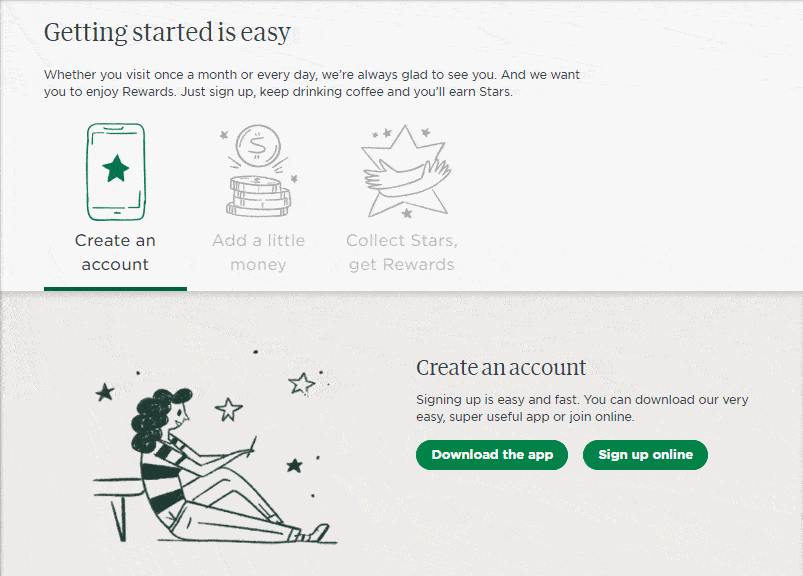
Duolingo
Duolingo is one of the best at gamification because learning a language is not really sexy. It requires lots of hard work, consistency, and dedication. But, with Duolingo, you don’t feel like you’re doing hard work because you’re so busy maintaining your streaks, hitting daily goals, and making sure you don’t lose the limited lives you have.
In other words, it keeps you coming back, encouraging you to use the app more and end up becoming a paying customer.
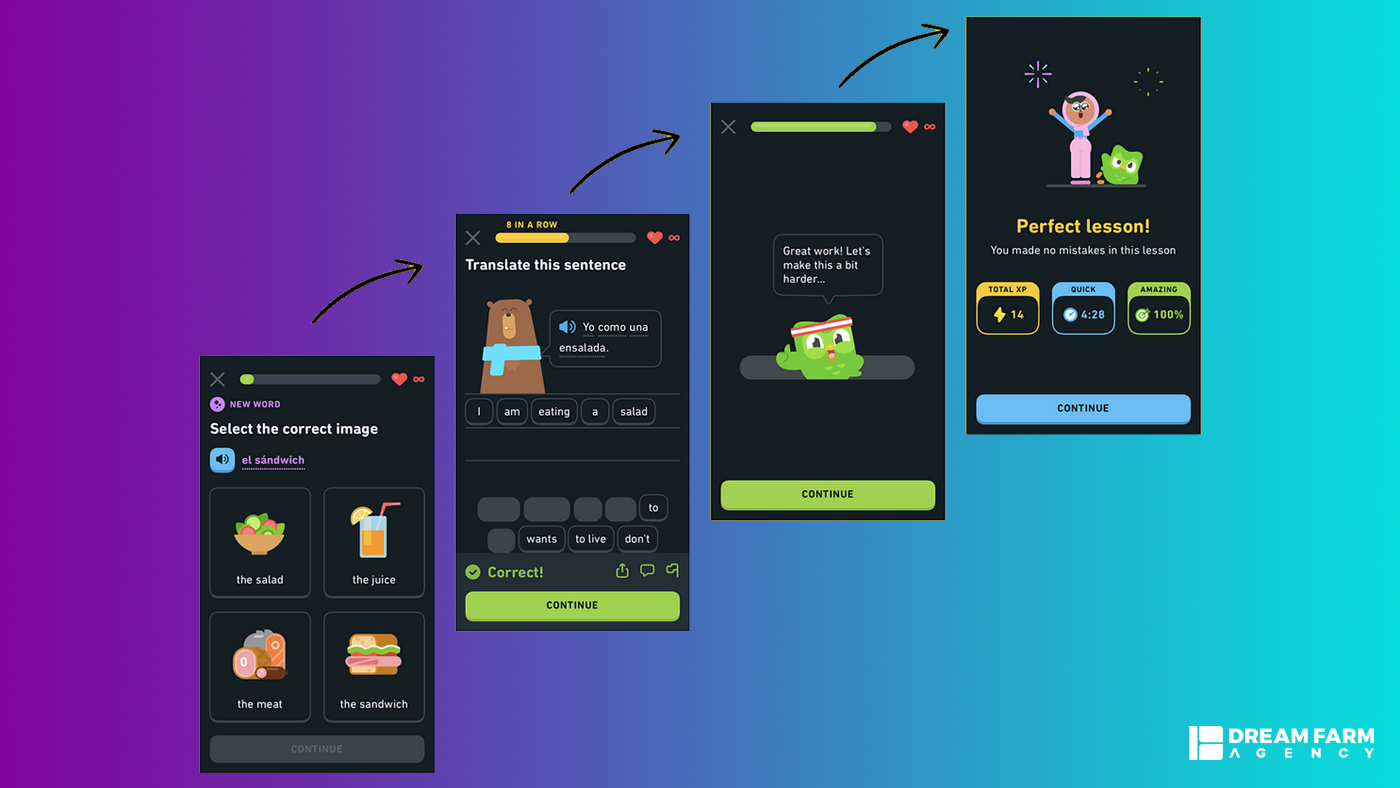
Using one of the most classic tools, the progress bar, LinkedIn encourages users to fill out their profile as soon as possible and engage more with the platform. When you complete the profile halfway, you’ll see something like this: Profile Strengths: Intermediate. As you put more info and engage more with the platform, you become an “All-Star” member, putting you on the map and boosting your profile views.
B2B Gamification Examples
Gamification is also a powerful tool in the B2B sector. Many big companies are already using it, including these three:
Cisco Webex
Cisco Webex is a tool for virtual talks and teamwork that uses game-like features to get people more involved. Users can get virtual badges for doing things like actively participating in meetings, giving useful feedback, or learning advanced features. It also encourages people to work together, making boring virtual meetings more fun and engaging.
Microsoft Dynamics 365
Gamification has drastically changed how Microsoft Dynamics 365 manages B2B customer relationships. This platform adds game elements to the sales and customer service processes, which motivates teams to battle or work together to win prizes. Teams in sales can get points for finishing deals, and teams in customer service can get points for quickly fixing problems. This example of B2B gamification shows how businesses can get people to behave in a certain way, boost commitment, and ultimately make customers happier.
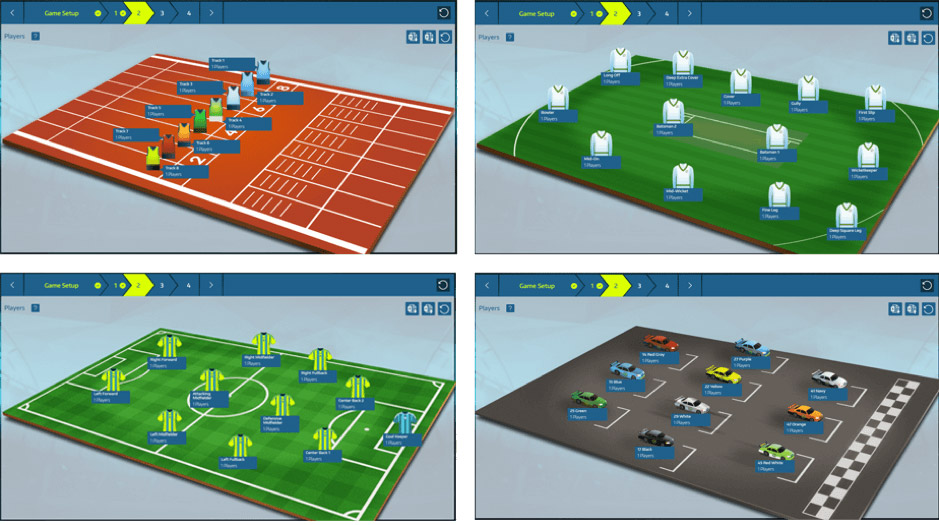
Adobe Marketing Cloud
The company uses gamification, particularly loyalty programs, to make B2B clients come back for more. Adobe wants clients to check out and use its tools by adding game elements like badges, points, and special prizes. This turns using the software into an interesting journey. This gives users a sense of accomplishment and makes them more loyal to the Adobe platform.
Best Practices (In Current Year)
Now, how do you run a gamification campaign for your own business? Well, you need a proven formula, which can be different for B2B and B2C contexts. But, no matter where you operate, there are some universal things to consider:
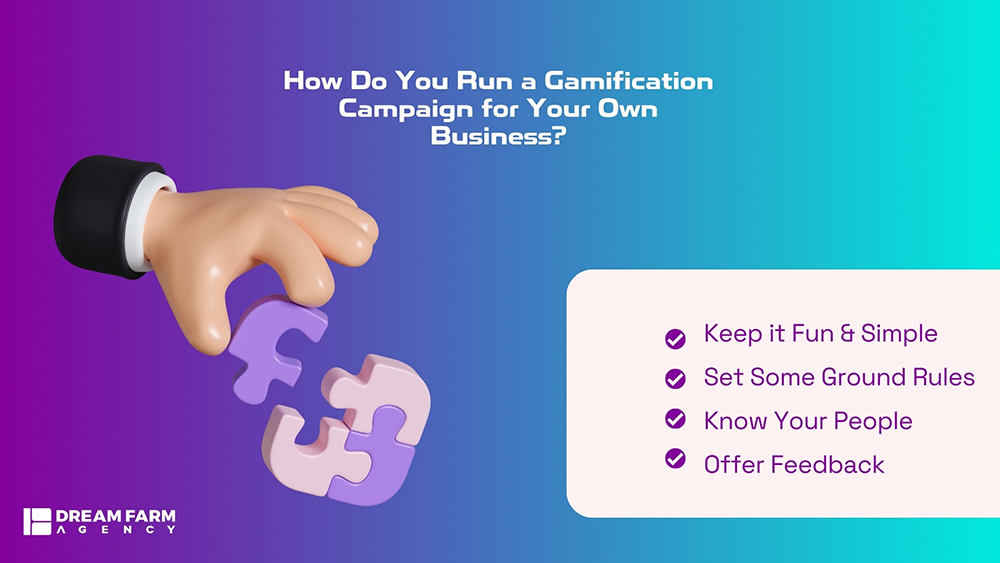
Keep it Fun & Simple
The whole point is about turning something ordinary and mundane into a fun activity. If you start adding complex challenges and rules to the game, it defeats the whole purpose. Make it simple for people to understand so they can start to play right away.
Set Some Ground Rules
A game without rules has no credibility. People love games because they like to compete, and rules are a big part of that. It shows them what’s fair and what’s not. Starbucks’ rule is clear and simple: Buy something, get stars, and trade them for freebies.
Know Your People
Think about the target audience because you want to design the game around their needs and demands. Even if you implement the latest gamification strategy, it won’t work if it doesn’t resonate with the audience.
Offer Feedback
There should be a feedback mechanism in the game, like Duolingo’s streaks, that shows how well customers are doing and where they need to improve. Remember, “what is measured, improves”. Let people keep score.
In the End,
You want customers to be on your side and help you grow, but they need to get a piece of the action too. That’s what gamification in business does. Whether it’s points, badges, leaderboards, or challenges, you need a proper gamification campaign to drive sales and customer loyalty.
But, this is more of an experience game because everything from research to game design and implementation needs to be just right. Instead of trial and error, you need a reliable partner with a proven track record, and we at Dream Farm Agency specialize in creating the perfect branded game. You just have to get in touch and let us come up with your unique game. Explore our Gamification Consulting Services to see how we can help you

Rojan
